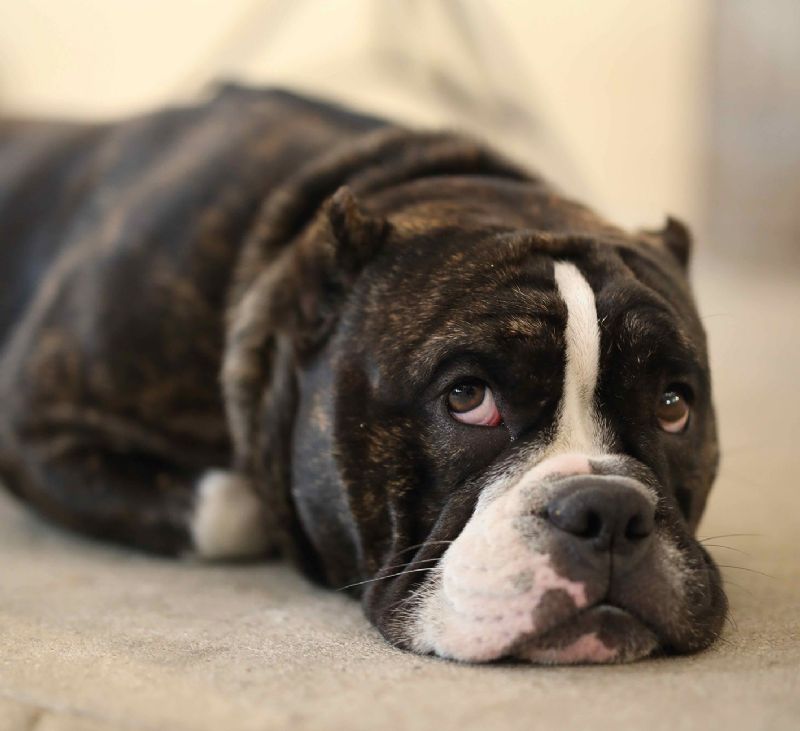- Home
- News, Articles & Reviews
We are hiring! Please click here to join our growing magazine delivery team in Gloucestershire!

A tricky cancer surgery
All Areas > Pets & Wildlife > Pet Care
Author: Oliver Wilkinson, Posted: Monday, 30th October 2023, 09:00
A couple of months ago I was faced with a difficult operation. A dog had a nasty cancer growing just under the skin over its elbow. The cancer had been tested and we were confident it hadn’t spread, but the location was a challenge. In order to remove the cancer without it growing back I was going to have to remove quite a large margin of skin around the site.
Cancers that grow on limbs are problematic because there is often very limited skin to close a defect. How do you remove a large tumour, then, without leaving a gaping hole?
Our canine and feline patients are less tolerant to prolonged dressings and limb immobilisation than we would be, and they are also likely to want to lick or chew at a dressing or surgical site, so the sooner it heals the better. Added to the difficulties of limited skin coverage, the elbow is also a very mobile area, so any repair needs to have a good degree of tension-free movement, or the repair is prone to breaking down.
Performing a rotating skin flap
The solution in this case was to perform a rotating skin flap. In dogs and cats, we have a good understanding of the blood supply to different areas of the skin. There are certain areas of skin that are predominantly supplied by a single large blood vessel so, using that knowledge, we can often move a large area of skin from one location (usually with lots of spare skin) to a neighbouring location (with less available skin), as long as we leave the blood vessel still attached.
One such location exists over the shoulder of the dog and cat, with a blood vessel originating at the top of the front leg supplying skin up over the shoulder. By utilising this area of skin, it is possible to elevate a skin flap over the shoulder, rotate it 180 degrees and suture it back in place down the leg to cover the elbow. The area where the skin has been donated from has enough spare skin in front and behind it to close easily.
We performed this procedure on this patient, which allowed us to remove the cancer with a good margin (greatly reducing the risk of leaving any cancer cells behind). I saw this patient again recently and his wound had healed perfectly, with fur now hiding his scars. The only evidence of his surgery was the slightly tufty direction his fur was growing in over his elbow.Copyright © 2024 The Local Answer Limited.
Unauthorized use and/or duplication of this material without express and written permission from this site's author and/or owner is strictly prohibited. Excerpts and links may be used, provided that full and clear credit is given to The Local Answer Limited and thelocalanswer.co.uk with appropriate and specific direction to the original content.More articles you may be interested in...


© 2024 The Local Answer Limited - Registered in England and Wales - Company No. 06929408
Unit H, Churchill Industrial Estate, Churchill Road, Leckhampton, Cheltenham, GL53 7EG - VAT Registration No. 975613000You are leaving the TLA website...
You are now leaving the TLA website and are going to a website that is not operated by us. The Local Answer are not responsible for the content or availability of linked sites, and cannot accept liability if the linked site has been compromised and contains unsuitable images or other content. If you wish to proceed, please click the "Continue" button below:




